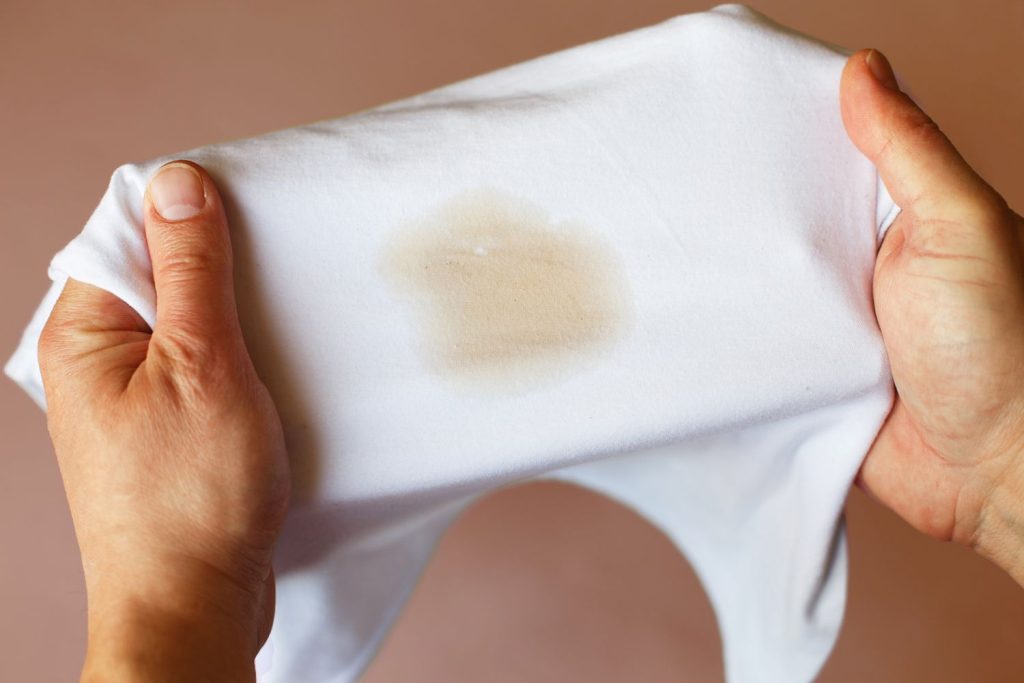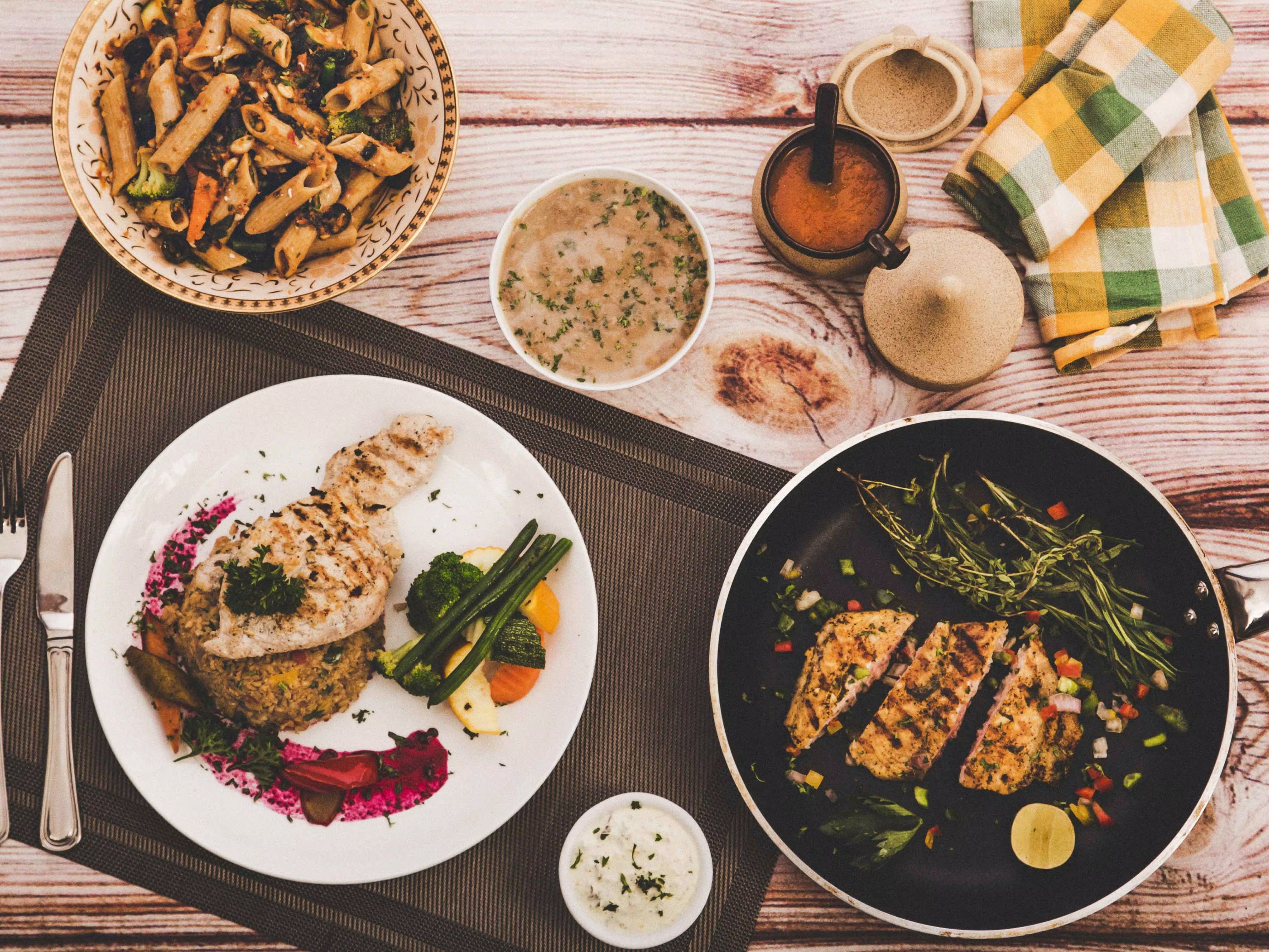Are you also clumsy enough to spill everything on your clothes? Tired of spoiling fabrics with stains? Well, Spills and stains are inevitable parts of life, but they don’t have to be permanent. With the right techniques and a little patience, you can tackle even the toughest stains. Here are some practical stain removal tips for removing common stains from your clothing, upholstery, and carpets.
Understanding the Basics For Stain Removal Tips
Before diving into specific stain removal tips, it’s essential to understand a few general principles. First, the sooner you treat a stain, the better your chances of removing it. Second, always blot stains—never rub them—as rubbing can push the stain deeper into the fabric. Lastly, always test any cleaning solution on an inconspicuous area first to ensure it doesn’t damage the material.
1. Coffee and Tea Stains
These beverages are notorious for leaving behind stubborn stains, however there are best stain removal tips for them. For fresh stains, start by blotting up as much liquid as possible with a clean cloth. Then, mix one tablespoon of white vinegar, one tablespoon of dishwashing liquid, and two cups of warm water.
Dab the solution onto the stain with a sponge, blotting frequently with a dry cloth. Rinse with cold water and repeat if necessary. For older stains, you might need to soak the item in a solution of one part white vinegar to two parts water before washing as usual.
2. Red Wine Stains
Red wine stains can be particularly challenging. If you spill wine, act quickly. Blot the area with a clean cloth. Make sure it absorbs as much liquid as possible. Sprinkle salt generously over the stain to absorb more wine. After a few minutes, rinse the area with cold water. If the stain persists, mix one part dishwashing liquid with three parts hydrogen peroxide and apply it to the stain. Let it sit for a few minutes and rinse with cold water.
3. Grease and Oil Stains

Stain removal tips are often needed for such stains. Grease and oil can leave unsightly marks on fabrics. For fresh stains, sprinkle cornstarch or baking soda over the area to absorb the oil. Let it sit for 15 minutes and then brush it off. Then, apply a small amount of dishwashing liquid directly to the stain and gently rub it in. Rinse with hot water. For stubborn stains, you can also use a pre-wash stain remover before laundering as usual.
4. Ink Stains
Ink stains are a little tricky to remove. Place a paper towel under the stained area to prevent the ink from spreading. Dab the stain with rubbing alcohol using a cotton ball or cloth, being careful not to rub. Blot until the ink stops transferring to the cloth. Rinse with cold water and launder the item as usual. If the stain persists, go for a commercial ink remover.
5. Blood Stains
One of the easiest stain removal tips for fresh blood stains is to rinse the fabric with cold water immediately. Soak the stained item in cold water for 30 minutes. If the stain remains, mix one tablespoon of dishwashing liquid with two cups of cold water and apply it to the stain.
Gently blot the area, then rinse with cold water. For dried blood stains, you can create a paste using baking soda and water. Apply the paste to the stain and let it sit for 30 minutes, then rinse with cold water.
6. Grass Stains
Grass stains can be particularly tough, especially on kids’ clothes. Start by applying a pre-wash stain remover to the stain and letting it sit for a few minutes. Then, mix one part white vinegar with two parts water and apply to the stain. Scrub the area gently with a soft brush, then rinse with cold water. For stubborn stains, you can also use a mixture of one part dishwashing liquid and two parts hydrogen peroxide.
7. Chocolate Stains
Chocolate stains are common but can be removed with the right stain-removal tips. Scrape off any excess chocolate, then rinse the fabric with cold water. Apply a small amount of dishwashing liquid to the stain and gently rub it in. Rinse with cold water and repeat if necessary. For persistent stains, you can soak the item in a solution of one part white vinegar and two parts water before washing it as usual.
8. Stain Removal Tips For Makeup Stains
Makeup stains, especially from foundation and lipstick, can be stubborn. Stain removal tips for makeup include:
For foundation stains, start by blotting the excess makeup with a clean cloth. Apply a small amount of shaving cream to the stain and gently work it in with your fingers or a soft brush. Let it sit for a few minutes and rinse with cold water.
For lipstick stains, place the stained fabric on a paper towel with its stain side down. Dab the back of the stain with rubbing alcohol using a cotton ball. Blot until the stain lifts, then rinse with cold water. For both types of stains, laundering the item as usual after treatment should remove any remaining residue.
9. Food Stains
Food stains can be some of the trickiest to deal with, especially when they’re greasy or colorful. Whether it’s a splatter of ketchup at a barbecue or a smudge of chocolate from dessert, knowing how to tackle these stains can save your favorite clothes and keep your home looking pristine.
- Ketchup Stains: Ketchup and mustard are classic stains that can easily land on your clothes. If you find yourself dealing with a ketchup spill, start by blotting the stain with cold water to lift off as much as you can. Then, mix one tablespoon of dish soap with one tablespoon of white vinegar. Apply this mixture to the stain and gently rub it in. Let it sit for a few minutes before rinsing with cold water.
- Mustard stains: They can be a bit more stubborn. To treat these, mix equal parts dishwashing liquid and white vinegar. Apply this solution to the mustard stain and let it sit for about 10 minutes. Afterward, rinse with cold water. You might need to repeat this process for persistent stains, but this method should help get your clothes looking clean again.
- Tomato Sauce Stains: Tomato sauce can leave a red, oily stain that’s not easy to remove if not right stain removal tips are not followed. Begin by blotting the excess sauce with a cloth. Then, mix one tablespoon of dishwashing liquid with two tablespoons of baking soda. Apply this mixture to the stained area and gently rub it in. Rinse with cold water. If the stain is still visible, you might need to repeat the treatment before laundering as usual.
10. Stain Removal Tips for Different Surfaces
- Carpets: For carpet stains, always blot from the outside in to avoid spreading the stain. Use a clean cloth and be patient, as carpets can take longer to fully clean.
- Upholstery: Similar to carpets, blot upholstery stains carefully. Avoid saturating the fabric with water, as it can lead to mold growth.
- Clothing: Always check the care label before applying any stain remover. Some fabrics, like silk and wool, require special care.
Stains are a part of life and with these tips, they don’t have to be a permanent problem. Whether it’s a spill on your favorite shirt or an accident on the carpet, acting quickly and using the right methods can save your fabrics. Remember, patience is key, and sometimes, a repeat treatment might be necessary. With these practical stain removal tips, you can keep your home and wardrobe looking fresh and clean.






